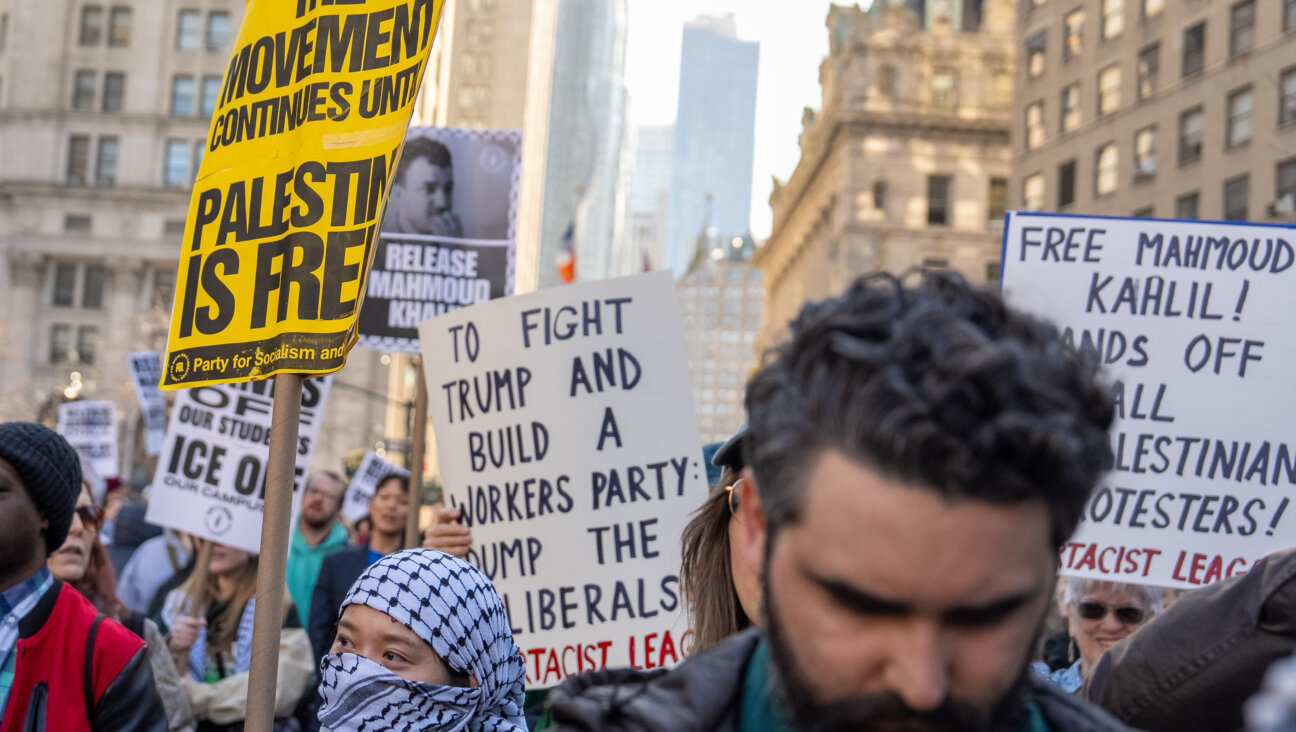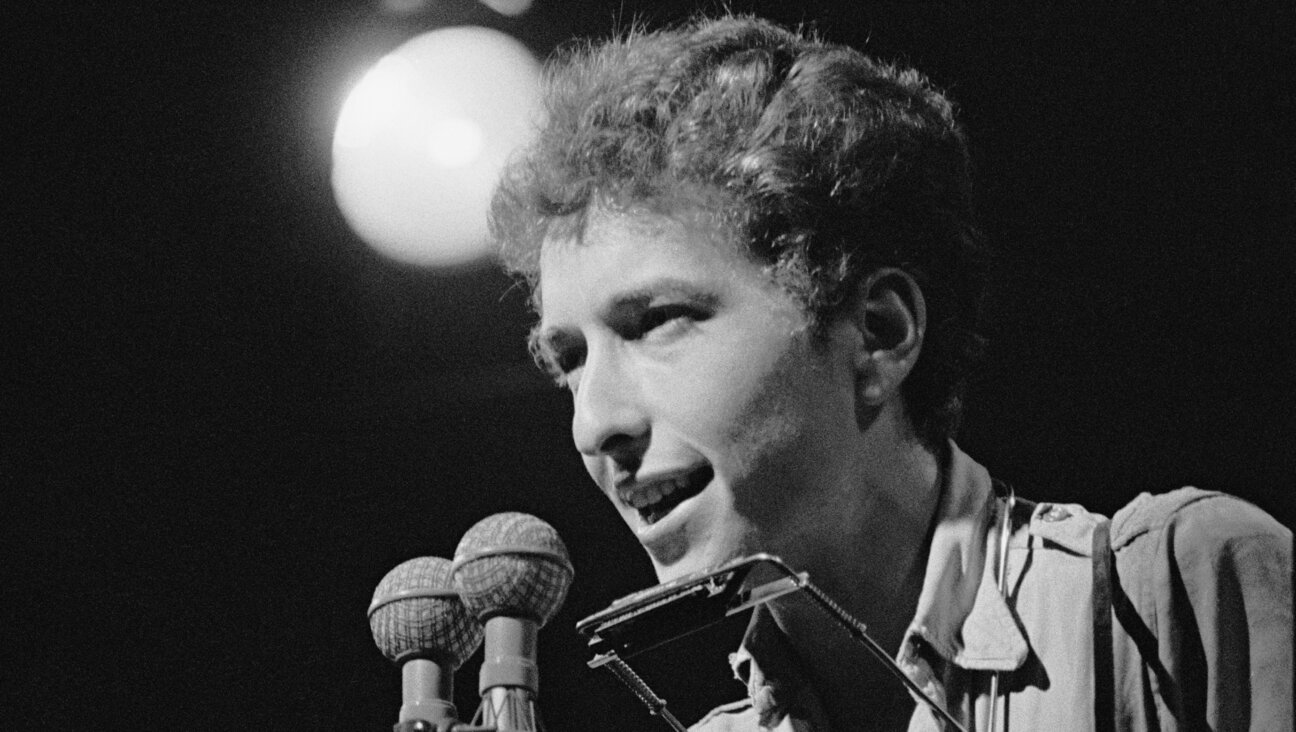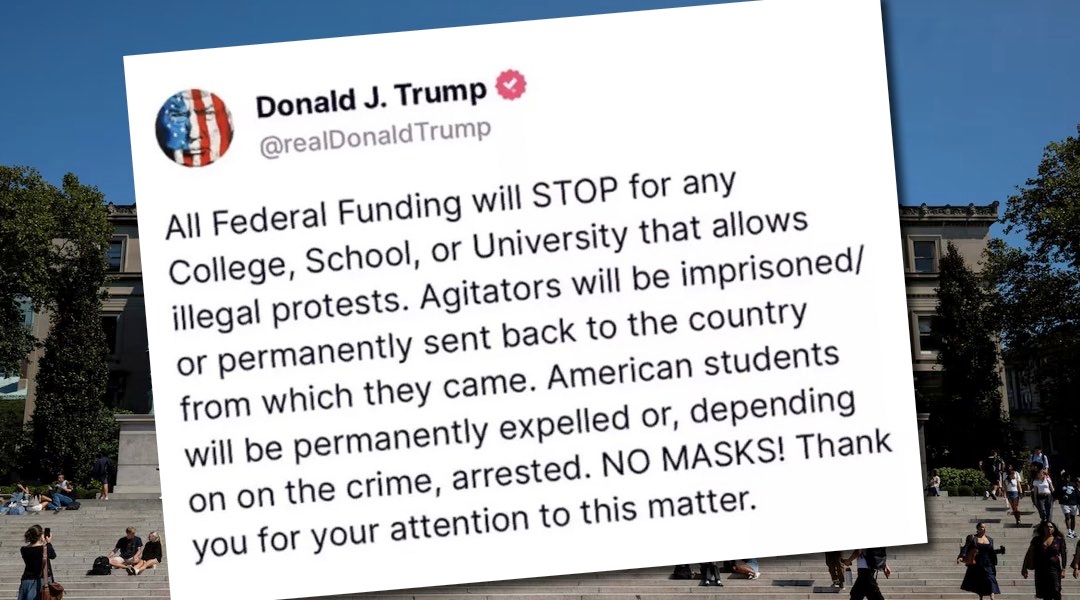A Light Shines Brightly From ‘Miracle on 16th Street’
Designating the Center for Jewish History “The Miracle on 16th Street,” its executive director, Joshua Plaut, welcomed guests to the center’s first board of directors and board of overseers’ fundraising dinner, held December 9 at its building.
“We are kvelling at the success of our partner organizations,” Plaut said, alluding to the American Jewish Historical Society, the American Sephardi Federation, the Leo Baeck Institute, Yeshiva University Museum and the YIVO Institute for Jewish Research. “Before coming to the center, each was a solitary, though bright, light…. Now assembled together in this magnificent facility they are emanating brighter lights of [Jewish] scholarship and education.”
With a beaming smile, the center’s chairman of the board, Bruce Slovin, said, “You are so important in allowing us to fulfill our dreams and the dreams of our children.”
Docent-led tours introduced guests to the center’s must-see exhibitions: the AJHS’s “A Particular Responsibility: The Making of the U.S. Army Talmud”; the ASF’s “Photographs from the Jewish Cemeteries of the Saints, Morocco”; the Leo Baeck Institute’s “Leo Baeck: Theologian, Scholar, Teacher”; YUM’s exhibit of photographs by George Kalinsky, “Rabbis: The Many Faces of Judaism,” and YIVO’s “Here and Now: The Vision of the Jewish Labor Bund in Interwar Poland.”
The Bund collection has special resonance for me. Among the exhibition’s photographs I spotted several of my parents’ Bundist colleagues whom I had known as a child in Warsaw.
YIVO board member and Bundist Motl Zelmanowicz, whose support made the exhibit possible, was among those lauding the Bund at the exhibition’s gala opening last October 28. The Bund has done everything from championing Yiddish secular schools, cultural and sports organizations, opposition to antisemitism, leadership in the Jewish trade union movement and organizing self-defense groups to combating assaults by hooligans on university campuses in pre-World War II Poland. Others who spoke praisingly included Yitzhak Ludin, Lebensfragen editor and a Forverts contributor visiting from Israel; YIVO senior research associate Paul Glasser, and Jack Jacobs.
Jacobs, a professor of government at John Jay College, concluded his lengthy speech on the Bund’s role in cultural and pedagogical spheres with “If you removed Yiddish from yidishkayt, it’s as though you removed caffeine from coffee.”
* * *|
I felt como mi casa — or haymish — at the December 10 American Sephardi Federation/Sephardic House Film Festival gala at the Center for Jewish History for I also have Sephardic lineage via my father’s ancestor Salamono Calahora, who fled Spain for Poland in 1507.
“Sephardic culture is important to the entire Jewish community, not just Sephardim,” said dinner chair Florence Amzallag Tatistcheff, as part of the opening remarks. In attendance were Sephardi Chief Rabbi of Israel Eliyahu Bakshi-Doron; Ambassador Mohamed Bennouna, permanent representative of Morocco to the United Nations; Sephardic House director Janice Ovadia; ASF programming vice president Morrie Yohai; Plaut, and the acclaimed Morocco-born liturgical poet, singer and composer Jo Amar, star of “Embrace Me,” which was screened at the fundraiser.
The documentary chronicles Amar’s rise to fame against a tapestry of discrimination faced by Moroccan Jews. Dubbed “a living legend in the Sephardic music world” by ASF honorary lifetime president Leon Levy, Amar told his fans, “My home is in Miami Beach. For 30 years I’ve performed for Ashkenazi American audiences…. I return to Morocco [but] would not call it home.”
In a film sequence reminiscent of Holocaust survivors revisiting their places of birth in Europe, Amar, who left Morocco in 1944 at age 20, is seen returning to his hometown. “There are my father’s stores!” he exclaims, then gasps, “There is nothing left.” The home of his youth no longer exists.
Amar thrilled the center’s crowd with a medley of favorites ornamented with North African rhythms, Yemenite nuances and syncopated Andalusian themes. As some of the women ululated, he belted out his signature mega-hit, “Barcelona.”
* * *|
In a moment of wishful thinking, Benjamin Brafman, master of ceremonies at the Israel Cancer Research Fund’s December 15 “Tower of Hope” ball at the Pierre mused, “Wouldn’t it be wonderful if a cure for cancer came from Israeli scientists? The world would welcome Israel with open arms instead of boycotting.”
Following greetings by ICRF president Dr. Yashar Hirshaut and chairwoman Leah Susskind, the focus was on honorees Dr. Maurice Hilleman, director of the Merck Institute for Virology, whose vaccines “have saved the lives of literally millions of children and adults throughout the world,” and Dr. Arthur Sawitsky, who from 1964 to 1984 served as Long Island Jewish hospital’s chief of hematology and oncology as well as director of cancer research programs.
“What’s the big deal?” Sawitsky asked. “I am getting an award for working in a field of extreme need for knowledge…. I like hearing we’re going to have more money for scientists.” Praising ICRF for its “small grants for experimental work,” Hilleman added, “While the ‘old boys’ keep getting the money and doing the same old things, ICRF gets the money to new talent.” Since its first research grants in 1977, ICRF has funded 1,366 awards valued at more than $26 million.
A message from our Publisher & CEO Rachel Fishman Feddersen

I hope you appreciated this article. Before you go, I’d like to ask you to please support the Forward’s award-winning, nonprofit journalism so that we can be prepared for whatever news 2025 brings.
At a time when other newsrooms are closing or cutting back, the Forward has removed its paywall and invested additional resources to report on the ground from Israel and around the U.S. on the impact of the war, rising antisemitism and polarized discourse.
Readers like you make it all possible. Support our work by becoming a Forward Member and connect with our journalism and your community.
— Rachel Fishman Feddersen, Publisher and CEO



























